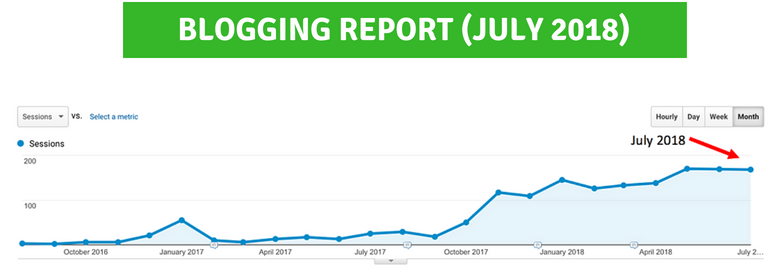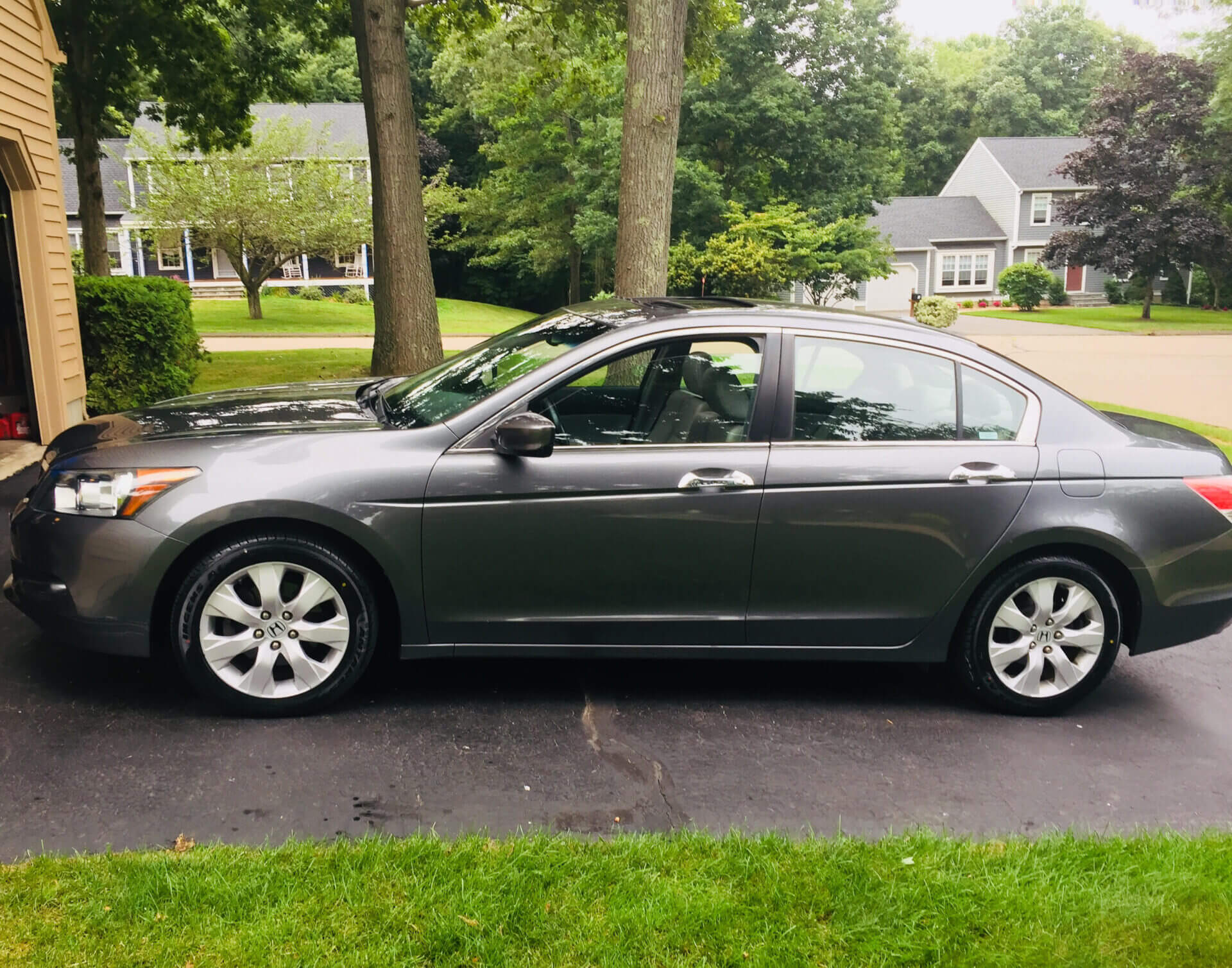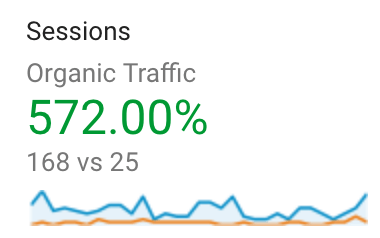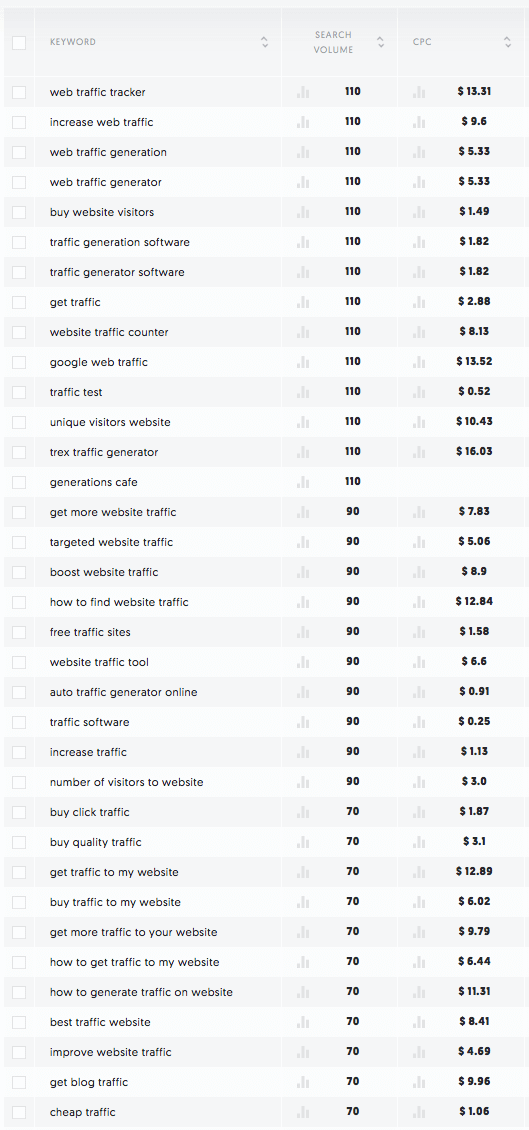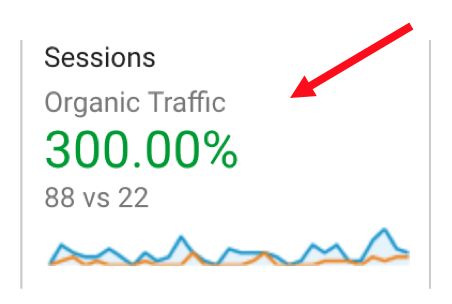How to Make Your Content Highly Visible in a Highly Competitive Niche

Creating content today is not as simple and easy as writing articles 10 years ago.
Making sure your content stands out in a crowded, highly competitive market has become even more complicated and doubly hard. You have to pay attention to and incorporate a lot of key elements to ensure your post will be read by a large number of people including your target audience.
But whether you are a business content writer or blogger, there are techniques to help you create and promote content that stands out from the crowd and the competition.
Here are some of these tips and techniques:
1. Be original
A tried-and-tested strategy to get someone’s attention and to stand out from the crowd is to create unique, extraordinary content — it needs to be original in the truest sense of the word.
Although it can be hard to create original content today, you can start by researching for as much information as you can which can answer a lot of people’s questions. Next, draft your content around the details you gathered.
To make your content original, explain the information you collected as you understand it and using your own words. Let your personality shine through the content while making it as interesting and informative as possible.
2. Write 10x content
The 10x content concept does not exactly pertain to lengthy or long-form posts.
According to experts, the multiplier actually refers to the quality of the content and not on its length alone.
When you focus on originality in writing a post, you are off to a good start to creating 10x content. Originality is a key element of this type of content.
However, your post should also be able to evoke an emotional response among the readers. You also have to ensure that all readers will find the post reliable and useful. Lastly, it should have interesting images or visual patterns and excellent text structure to give readers an amazing user experience.
And to create comprehensive, informative and fascinating content, you can’t cram everything in a 300 or 400-word article. This means you have to create long-form posts but you have to make sure they are not full of fluff. Your post should provide in-depth, relevant, and valuable information from start to end.
3. Study your competition
To create content that stands out from the competition, you need to know what your competitors are doing and how they are doing it. Keep track of the different kinds of content they publish, the topics they touch on, and their frequency of posting.
While dissecting their published content, you should also take note of the length, social media mentions, the links it got, and the keywords used. Use all these details to create your own content. You can also use the information you gathered for updating old blog posts.
However, you have to make sure that the new content you create is a step up from what your competitor or competitors have already published. It should be more detailed, educational, and interesting. Most of all, it should be original.
4. Use the right channels
Another way you can ensure your content ranks high in a competitive niche is to select the right channels where you should publish and promote it.
Aside from publishing your content on your website, there are other content distribution platforms you have to use. These include microblogging and publishing sites such as Tumblr and Medium and social media platforms like LinkedIn. Each channel has its own target audience or followers.
You will have a good idea about which channels will work well for you by taking into account your target audience and the nature of the business you are writing the content for. You should also look at your competitors and find out where they publish their most popular content.
In addition, you have to be open to creating or rewriting content to make it more suitable for the channels where the majority of your target audience is on. For instance, if you want to publish an article on LinkedIn, you will need to adopt a more professional, formal tone. You have to come out as an industry expert as well.
5. Engage
Lastly, to ensure your content stays highly visible, you have to interact with your readers.
Whether they are commenting on a post on your website, on another blogging site, or on your social media accounts, take the time to reply to their comments. Even if they simply liked or shared your post, you won’t go wrong with showing your appreciation to them, too.
Although constantly monitoring your social media accounts may seem time-consuming, there are many benefits to doing so. You will know immediately what people are saying about your content, and whether or not they find it relevant. In addition, you can reply to their questions or address their concerns in a timely fashion.
And to make sure you leave a lasting impact on your audience, write personalized responses. By doing so, you let them know that there is a real person who created the content. You will also have more opportunities to highlight your content and your brand’s standout qualities from the competition.
Creating content that stands out and stays visible in a competitive niche requires a lot of research, creativity and perseverance. Although it may take you some time to find the right formula, keep at it. All your hard work will pay off in the long run.
Author Bio:

Hisham Wyne is an award-winning copywriter, brand consultant and content creator based in Dubai. He has over a decade’s experience in helping brands get their messages right. From crisp web copy and zippy brochures to in-depth company profiles and analytical annual reports, Hisham makes words work for you – so you can sell better, gain visibility, and give your brand a unique voice.
Let us know your thoughts!

